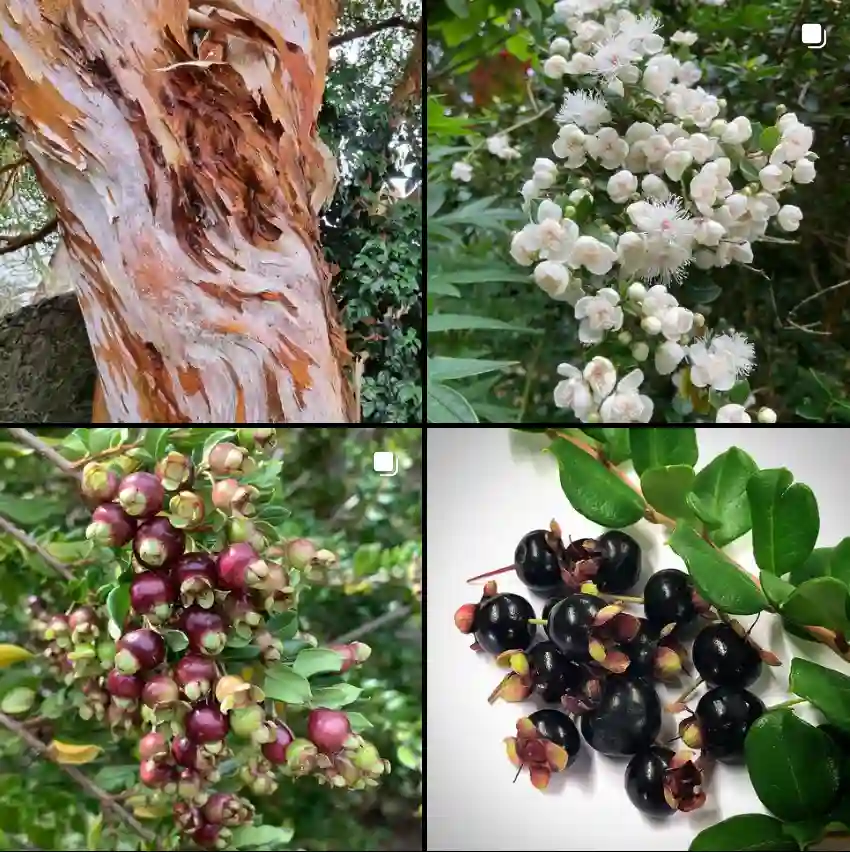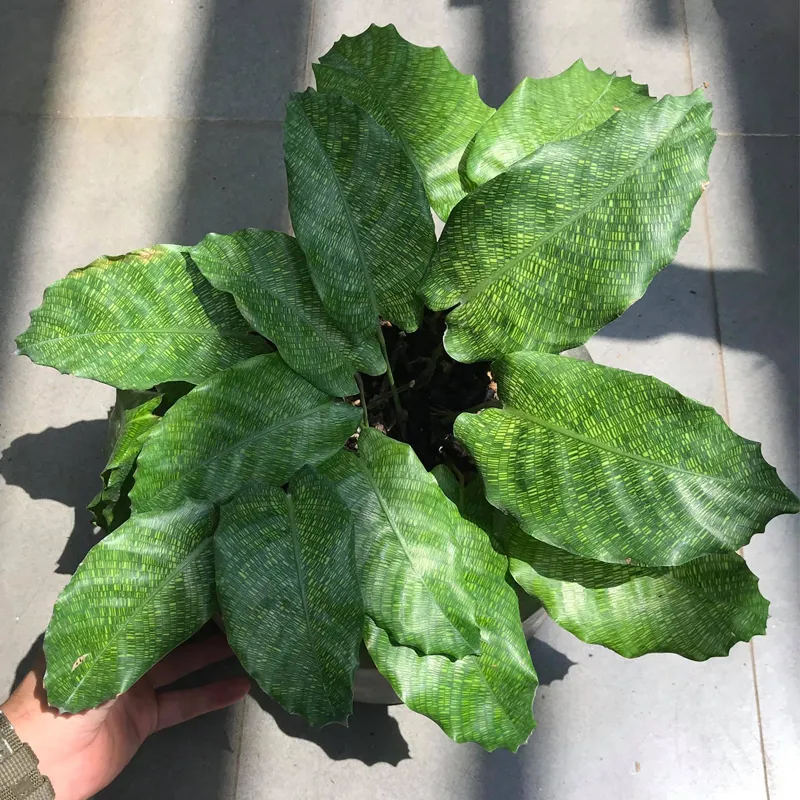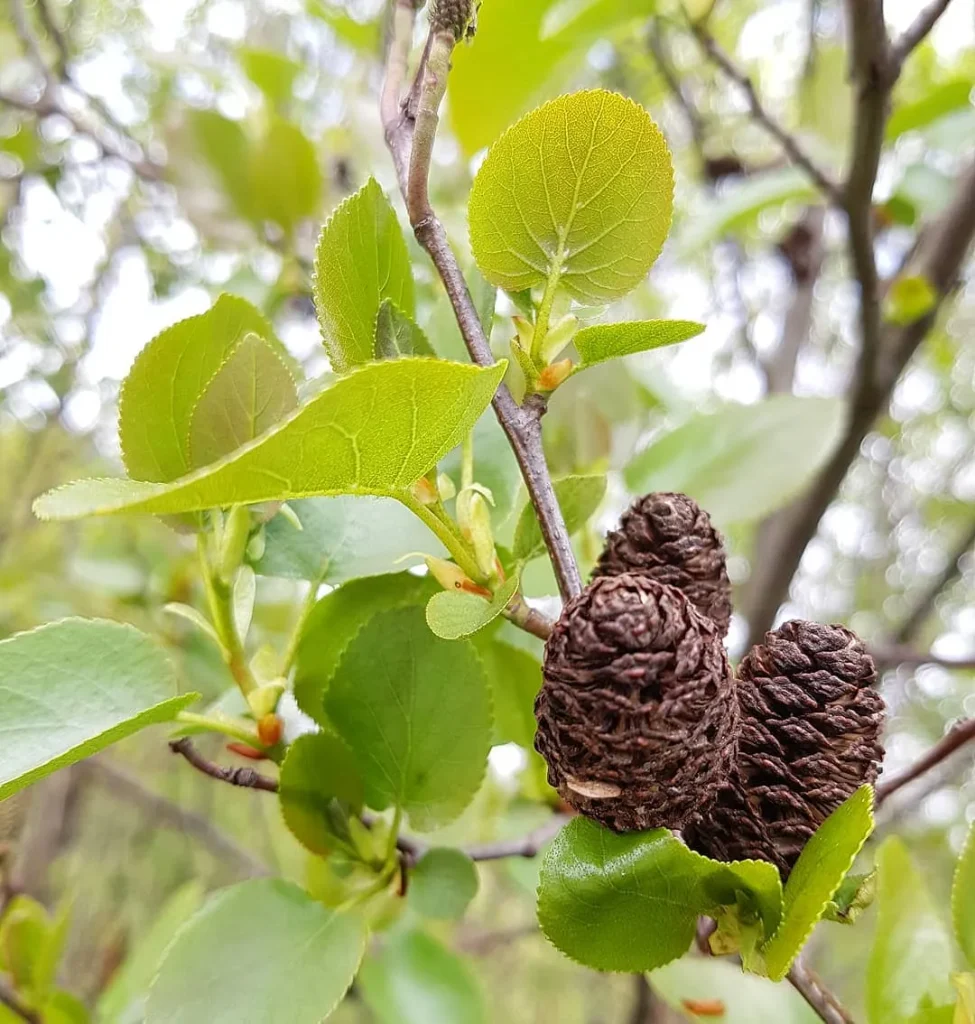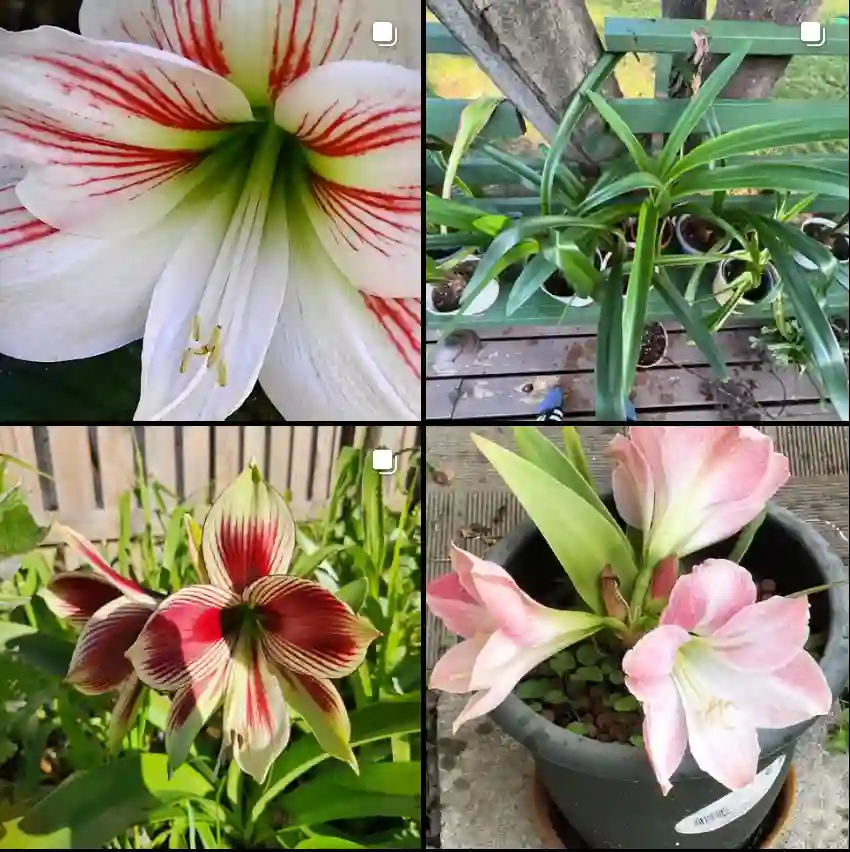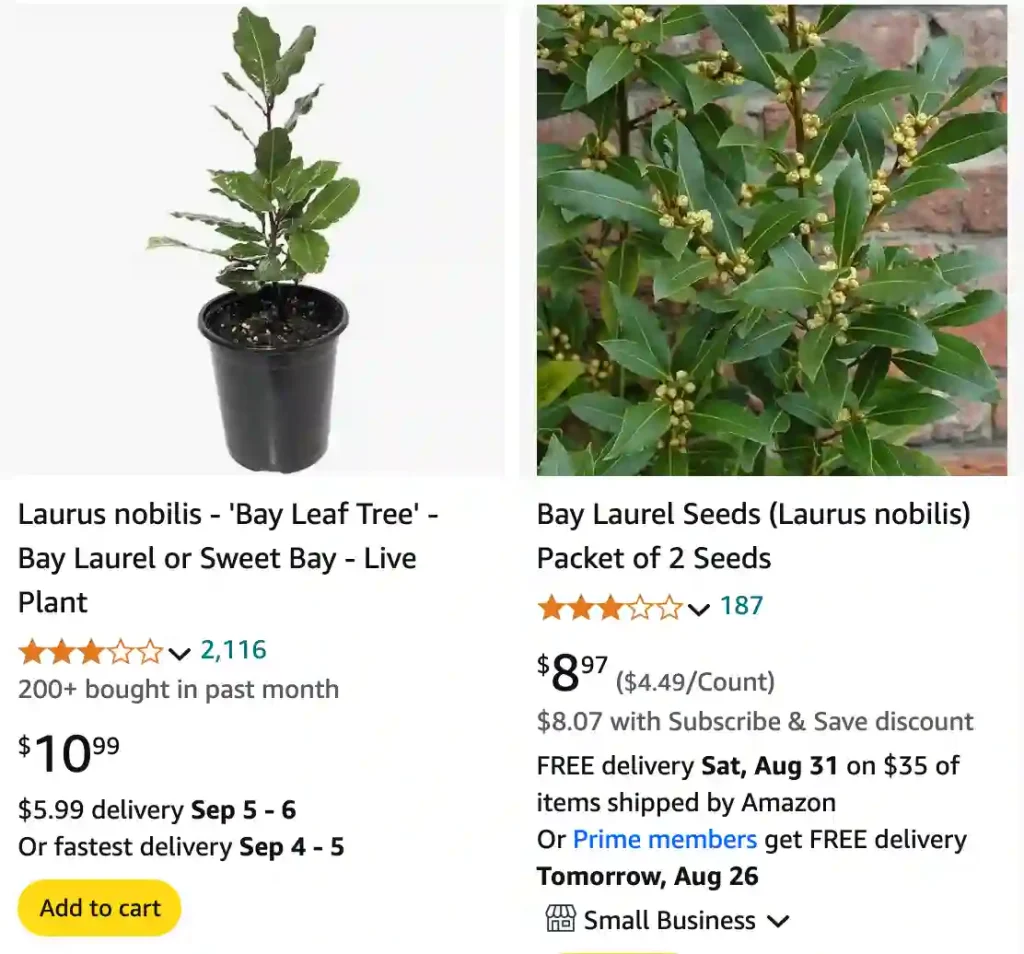
FAQs About Bay Leaf Plant
As a plant enthusiast, I’ve often been asked about the Bay Leaf Plant. This herb is well-loved for its culinary uses and aromatic leaves. Let me share what I’ve learned about it, addressing some frequently asked questions and offering tips based on my personal experiences.
3 Species in Genus Laurus
Where to Buy Bay Leaf Plant?
Finding a Bay Leaf Plant is relatively easy. I usually purchase mine from local nurseries or garden centers, especially those specializing in herbs. Online retailers are also a good option, offering a variety of cultivars. Just make sure to buy from a reputable source to ensure healthy plants.
How to Grow Bay Leaf Plant?
Growing a Bay Leaf Plant can be a rewarding experience. I’ve found that bay leaves thrive in well-draining soil and a sunny location. They prefer a slightly acidic to neutral pH. When starting from seeds, sow them in a seed tray with a light soil mix, keeping them warm and moist until germination, which can take several weeks. Transplant the seedlings to larger pots or your garden once they are strong enough.
Can Bay Leaf Plant Survive Winter?
In colder climates, bay leaf plants need special care during winter. I’ve had success overwintering my plants by bringing them indoors before the first frost. They should be kept in a bright spot and away from drafts. If you’re growing bay leaf in a pot, you can also insulate the pot with burlap or place it in a protected area outside.
How to Care for Bay Leaf Plant in a Pot?
Caring for a Bay Leaf Plant in a pot requires attention to several factors. I ensure that the pot has good drainage to prevent waterlogging, which can cause root rot. I water the plant when the top inch of soil feels dry. Additionally, I fertilize it once or twice a year with a balanced fertilizer. Regularly check for pests, and make sure the plant receives ample sunlight.
How to Care for Bay Leaf Plant Indoors?
Indoor bay leaf plants need similar care as their outdoor counterparts but with some adjustments. I place mine in a bright, sunny window where it can get at least 6 hours of light daily. Regularly rotate the pot to ensure even growth. Maintain a consistent temperature, avoiding sudden changes that could stress the plant.
How to Identify Bay Leaf Plant?
Identifying a Bay Leaf Plant is straightforward once you know what to look for. The plant features glossy, dark green leaves that are lance-shaped and have a distinctive aromatic quality when crushed. The plant can grow into a small tree or large shrub, depending on the variety and growing conditions.
How to Propagate Bay Leaf Plant?
Propagating Bay Leaf Plants can be done through cuttings or seeds. I prefer using cuttings, which are more reliable. I take a 4-6 inch cutting from a healthy plant, ensuring it has at least one leaf node. Dip the cutting in rooting hormone, then plant it in a pot with well-draining soil. Keep the cutting in a warm, humid environment until roots develop.
How to Prune a Bay Leaf Plant?
Pruning helps maintain the shape and health of the Bay Leaf Plant. I usually prune in early spring before new growth starts. Remove any dead or damaged branches, and trim the plant to encourage a bushier shape. Regular pruning helps the plant stay compact and prevents it from becoming leggy.
What to Plant With Bay Leaf Plant?
Bay Leaf Plants pair well with other herbs like rosemary, thyme, and sage. I’ve found that growing them together creates a beautiful herb garden while providing a variety of flavors for cooking. Additionally, bay leaf plants can be grown alongside ornamental grasses and other evergreen shrubs to create a lush, textured garden space.
Is Bay Leaf Plant Toxic?
Bay Leaf Plants are not toxic to humans or pets, making them a safe addition to your garden or home. However, the leaves are not meant to be consumed in large quantities, as they can be sharp and potentially cause discomfort if swallowed. Always use bay leaves in moderation for culinary purposes.
Benefits of Bay Leaf Plant
Beyond its culinary uses, the Bay Leaf Plant offers several benefits. The leaves have been traditionally used for their aromatic properties, which can help repel pests. Additionally, the plant’s essential oils are believed to have anti-inflammatory and antimicrobial properties, though more research is needed in these areas.
Common Problems with Bay Leaf Plant
Common issues with Bay Leaf Plants include leaf drop, which can be caused by inconsistent watering or low humidity. I also watch out for pests like spider mites and aphids. Ensuring proper care and monitoring the plant regularly helps mitigate these problems.
Compare with Similar Herbs
Bay Leaf Plant can be confused with other herbs like Laurel or Sweet Bay, but they are essentially the same. The confusion often arises because the term “bay leaf” can refer to various plants within the Lauraceae family. Understanding the specific characteristics of the Bay Leaf Plant helps in differentiating it from similar herbs.
In summary, the Bay Leaf Plant is a versatile and valuable herb that can enhance your garden and kitchen. By following these care tips and understanding the plant’s needs, you can enjoy its benefits for years to come.
If i die, water my plants!
